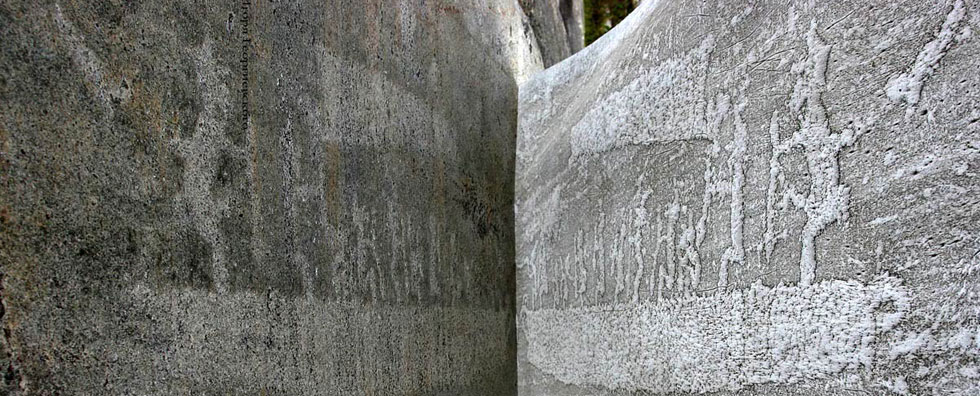
Issue №3, Vol. 20
Shkuro A., Glukhikh V., Kulazhenko J., Zakharov P. Biodegradable Composites with Polyvinyl Chloride Polymer Phase and Lignocellulose Fillers // Resources and Technology. 2023. №3, Vol. 20. P. 1‒14.
DOI: 10.15393/j2.art.2023.6923
Biodegradable Composites with Polyvinyl Chloride Polymer Phase and Lignocellulose Fillers
| Shkuro Alexey Evgenievich | Ural State Forest Engineering University, shkuroae@m.usfeu.ru |
| Glukhikh Viktor Vladimirovich | Ural State Forest Engineering University, gluhihvv@m.usfeu.ru |
| Kulazhenko Julia Maratovna | Ural State Forest Engineering University, kulazhenkoyuliya@mail.ru |
| Zakharov Pavel Sergeevich | Ural State Forest Engineering University, zaharovps@m.usfeu.ru |
|
Key words: biodegradation lignin cellulose polyvinyl chloride filler composite |
Summary: The way to solve the problem of waste disposal from the timber industry and agrarian complexes, as well as plastic waste from the production and consumption of marketable products is to develop compositions of new composite materials and to improve technologies for their processing. Therefore, biodegradable composites with polymer phases of synthetic and natural polymers and various lignocellulosic fillers are of great interest. In the present work, the issues of biodegradation of composites with polymeric phases of primary and recycled polyvinyl chloride (PVC) were considered. Wood flour, beech sawdust, oat husks, biomass of fallen leaves, hay from natural haylands were used as fillers. Samples of composites were obtained by rolling and hot pressing. The degree of the resulting composites biodegradation was determined by the amount of weight loss after seasoning in active (nondormant) soil. The maximum exposure time of the samples in the soil was 120 days. As a result of the study, it was The authors found that the use of a plasticizer (dibutyl phthalate) allows increasing the mass loss rate of unfilled polyvinyl chloride during its 120-day seasoning in the soil by more than three times. Introduction of lignocellulose fillers into the composition of PVC significantly increased its degree of decomposition in the soil. The highest degree of biodegradation in activated soil was demonstrated by samples of composites with fillers of non-wood origin. For samples of composites with a polymer phase of primary PVC and oat husk, the weight loss after seasoning in activated soil was 10.1 wt. %, with meadow grass hay – 14.5 wt. %; for a sample with a polymer phase of recycled PVC (waste from phased-out ceiling boards) – 24.6 wt. %. For the fillers used in the work, the contents of lignin, cellulose, hemicelluloses, and minerals were determined. Using the method of multivariate regression analysis, regularities were established for the influence of the component composition of lignocellulose filler on the degree of biodegradation of the component in the soil. It is shown that the content of hemicelluloses in the filler had the greatest effect on the biodegradation of composites with a polymer phase of primary PVC. At the same time, an increase in the content of lignin and cellulose in the filler resulted in a decrease in the degree of composite biodegradation. The influence of mineral substances in the composition of the composite on its degree of biodegradation was not revealed. For samples with a polymer phase of recycled PVC, the main factor determining the degree of biodegradation in the soil was the content of hemicelluloses in the filler. No statistically significant effect of lignin and cellulose content was found. |
Displays: 618; Downloads: 329;




